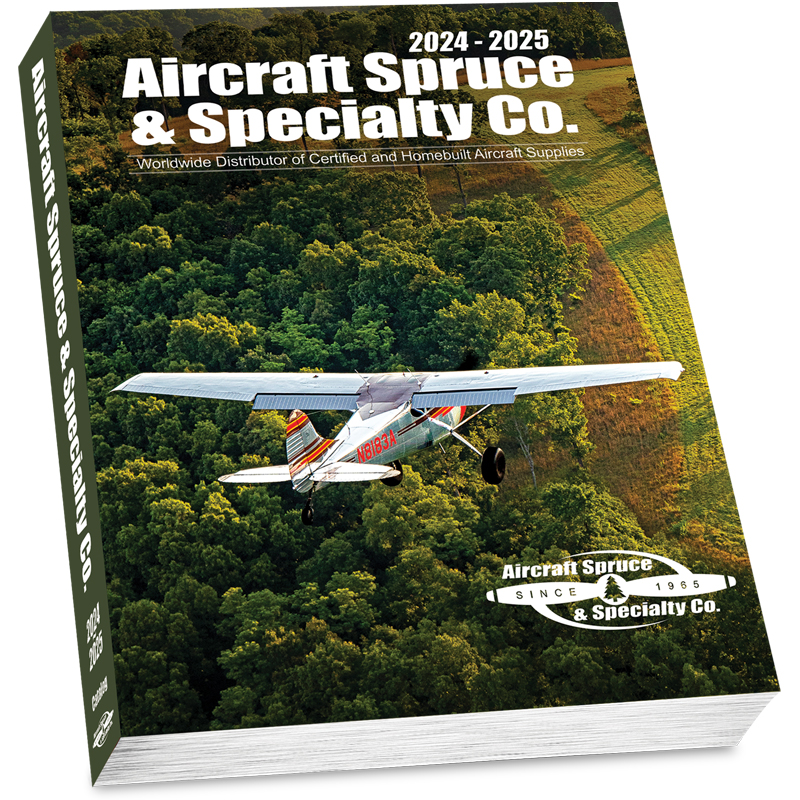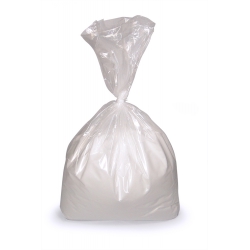Avionics
Batteries
Books & Videos
Charts
Composite Materials
Covering Supplies
Electrical
ELTs
Engine Parts
Flight Training
Flight Planning
Gifts
GPS
Hardware
Headsets
Instruments
Landing Gear
Metals & Plastics
Pilot Supplies
Radios
Tires & Tubes
Tools
Wood Products
Kits & Plans
FBO Supplies
Liqui Moly AERO
Catalogs

 Shipping country set to Germany
Shipping country set to Germany3M GLASS BUBBLES 1 LB.
| Part number: | 01-14600 |

| In 12 days: | 51 EA |
These bubbles are actually hollow glass spheres. Because this high-quality glass is very crush resistant, the foam is much stronger, stiffer and water-resistant than any foam made by chemical foaming. These foams displace 4-6 times their weight in most resins and improve the handling characteristics of the base resin. They have a low bulk density and are nontoxic. Mix resin and hardener as directed, then fold in the glass bubbles. Upon cure, a strong, low-density product results which is easy to sand and file. May be shaped to form compound angles and curves.
The term "micro" was applied to the mixture of microspheres and epoxy early in the development of composite structures. Although microspheres have been replaced by glass bubbles the word "micro" is still commonly used to reference the mixture. "Micro is used to fill voids and low areas, to glue foam blocks together and as a bond between foams and glass cloth. Micro is used in three consistencies - (1) a "slurry" which is a one-to-one by volume mix of epoxy and glass bubbles, (2) "wet micro" which is about two to four parts glass bubbles by volume to one part epoxy, and (3) "dry micro" which is a mix of epoxy with enough glass bubbles to obtain a paste which will not sag or run (about five parts to one by volume). In all instances, glass bubbles are added to completely mixed epoxy resin and hardener. Wet micro is used to join foam blocks and is much thicker than slurry (it has the consistency of honey) but can be brushed. Dry micro is used to fill low spots and voids and is mixed so that it is a dry paste and will not sag. Apply with a putty knife. Never use micro between glass layers.
CAUTION - When mixing epoxy and glass bubbles, wear a dust mask and keep your face away from the balloons that may float up into the air. Although glass balloons are inert, they can lodge in your eyes or in your lungs and cause problems. Handle with care.
*Reference product K20 on information sheet below*
1 LB
| Unit | EA |
| Hazardous | No |
| Oversize | No |
| Weight | 0.454 kg |
| Manufacturer | 3M |
 | Call us at +49 7634 9057700 from 08:00 to 13:00 CET |







